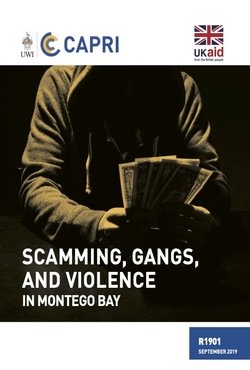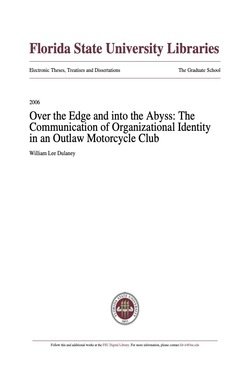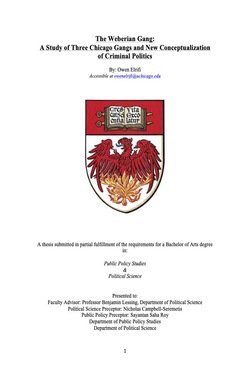By Richard Mendel
Though the number of youth confined nationwide has declined significantly over the past two decades, our country still incarcerates far too many young people.
It does so despite overwhelming evidence showing that incarceration is an ineffective strategy for steering youth away from delinquent behavior and that high rates of youth incarceration do not improve public safety. Incarceration harms young people’s physical and mental health, impedes their educational and career success, and often exposes them to abuse. And the use of confinement is plagued by severe racial and ethnic disparities.
This publication summarizes the evidence documenting the serious problems associated with the youth justice system’s continuing heavy reliance on incarceration and makes recommendations for reducing the use of confinement. It begins by describing recent incarceration trends in the youth justice system. This assessment finds that the sizable drop in juvenile facility populations since 2000 is due largely to a substantial decline in youth arrests nationwide, not to any shift toward other approaches by juvenile courts or corrections agencies once youth enter the justice system. Most youth who are incarcerated in juvenile facilities are not charged with serious violent offenses, yet the United States continues to confine youth at many times the rates of other nations. And it continues to inflict the harms of incarceration disproportionately on Black youth and other youth of color – despite well-established alternatives that produce better outcomes for youth and community safety.
Washington, DC: Sentencing Project, 2022. 34p.




















